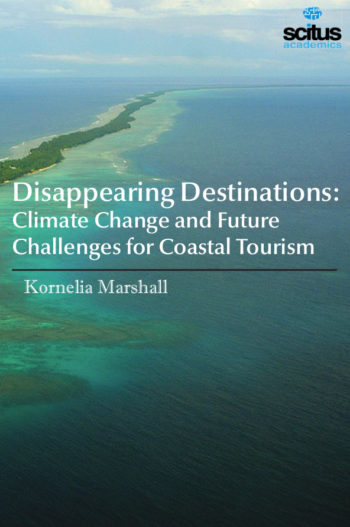Especially in recent years, the term “sustainable” has been increasingly paired up with words like “travel” and “tourism” to denote a desired way of operating. Hotels want to be “sustainable.” Tour companies want to be “sustainable.” And travelers are increasingly concerned with only spending their money on “sustainable” ventures. When it comes to sustainability, there are actually three “pillars” to consider: environmental, economic, and socio-cultural. Tourism has to be sustainable in all three areas to truly be considered “sustainable tourism.” Sustainable tourism is the concept of visiting a place as a tourist and trying to make only a positive impact on the environment, society and economy. A key aspect is respect for the people who call the location home, the culture and customs of the area, and the socio-economic system. Sustainability increasingly influences tourism planning, development, governance and management as the industry expands globally. As more regions and countries develop their tourism industry, it produces significant impacts on natural resources, consumption patterns, pollution and social systems. The need for sustainable/responsible planning and management is imperative for the tourism industry to survive as a whole.
Sustainable Tourism Management focuses on the comparative advantage and competitive positioning of tourist destinations enhanced by their commitment to sustainable development principles and practices. This book will be of valuable for tourism destination managers, marketers, developers, researchers, as well as practitioners, who want to accelerate their careers in the tourism industry. It focuses on essential tools for developing visitor markets and minimizing the negative effects of tourism leading to success within destinations and long-term sustainability.













